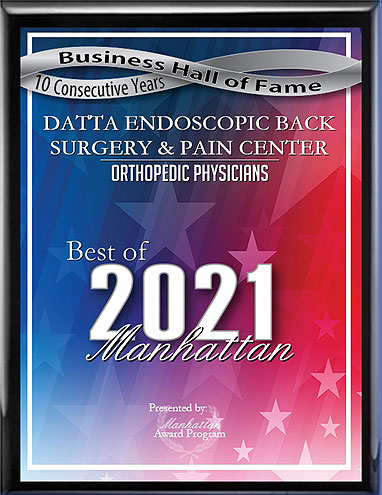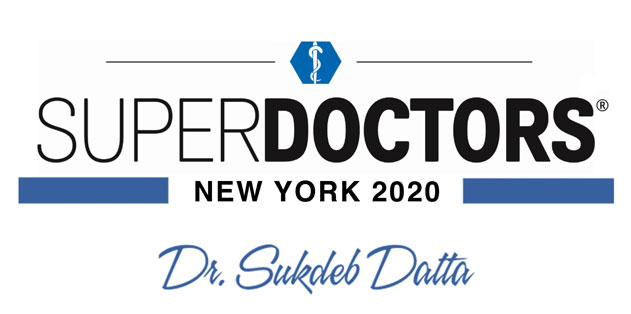- Pain in the back or limbs, including sciatica
- Muscle weakness
- Problems with perception in the limbs, such as numbness
Risk
Bulging discs are most common in the lumbar spine, which is the lower back; however, they can occur in any part of the back. In some cases, cervical bulging discs are more severe than those in other parts of the back. Risk factors for the condition include:
- Obesity
- Pregnancy
- Aging
- Physically strenuous jobs
However, anyone can develop a bulging disc regardless of whether or not they have these risk factors.
Surgery
It's often the case that patients make a full recovery without needing surgery for bulging disc. However, if the disc doesn't respond to treatments such as physical therapy and medication, then it may be necessary to consider surgery.
Fortunately, surgery is more accessible than ever thanks to the advent of minimally invasive laser spine surgery. During this procedure, a laser probe is inserted into the spine and used to dissolve the affected portion of the disc, allowing it to regain its normal shape and relieving symptoms immediately.
Only a doctor can tell you whether surgery for bulging disc is right for you; it's impossible to say without a full examination and a consideration of your medical history. To schedule an assessment with a top bulging disc surgeon, please click below or call the Datta Endoscopic Back Surgery and Pain Center at (646) 374-1799.






 EDISCSCULPT
EDISCSCULPT



